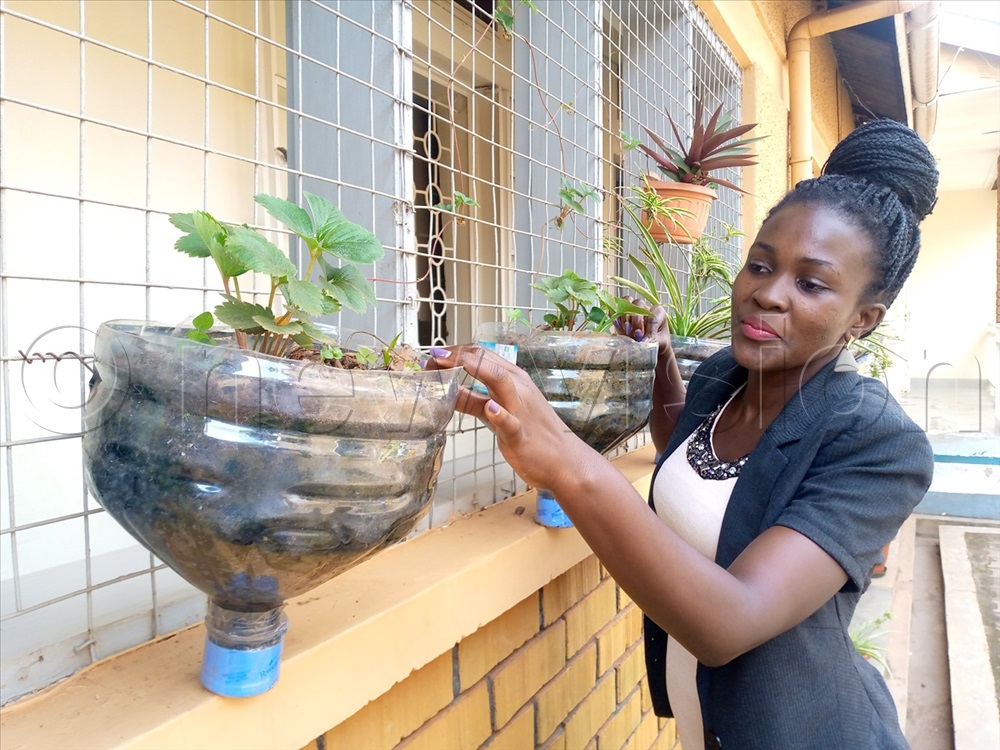By Umar Nsubuga
How do you use your compound? For many people who have sizeable compounds today, especially in urban areas, using their land profitably, it’s a bitter challenge.
Isam Kambugu, a professional gardener says, sugarcanes can make good aesthetics at the peripherals of one’s flower garden. Cabbage will fit in a garden; carrots make the best combinations with onions and tomatoes and because they don’t grow very long, they can improvise as flowers, if well looked after.
According to Kambugu, creeping plants like passion fruits can be planted next to a non-fruit-bearing tree, and don’t forget the orange tree can stay up to seven years if well-tendered.

All these can substitute the dead cactus, wild yams, and different species of climbing plants, among others. It is amazing, that for every fruit-bearing plant, there is a similar non-fruit-bearing plant. So, the latter can be replaced with the former.
Care and management of fruit trees
Kambugu says fruit trees need to be cared for, just like any other plant in the compound, at least during the first three years.
“All fruits need to be provided with fertilisers, which include medium potassium and high nitrogen levels at a rate of 1-1.5kg per tree per year,” he says.
He adds that the fertilisers should be applied in three or four phases during the growing season. Watering is vital during the dry season, particularly in the first three years of their life, since they may not have fully established themselves in the ground.
You can spray, in case of pests and diseases, but experts recommend the use of natural formulas other than chemicals.
“Pruning is also essential to keep the tree in shape and bear quality fruits. Just like for any other plant, it is important to keep weeds off the tree so they do not compete for nutrients,” he advises.





